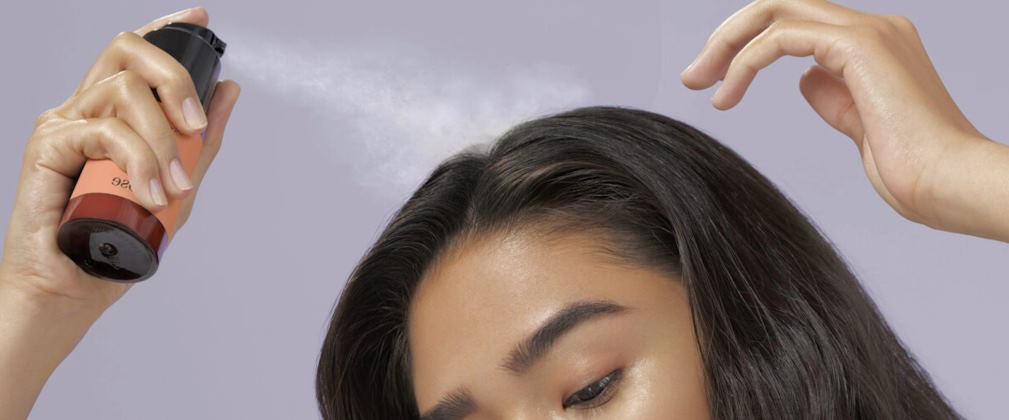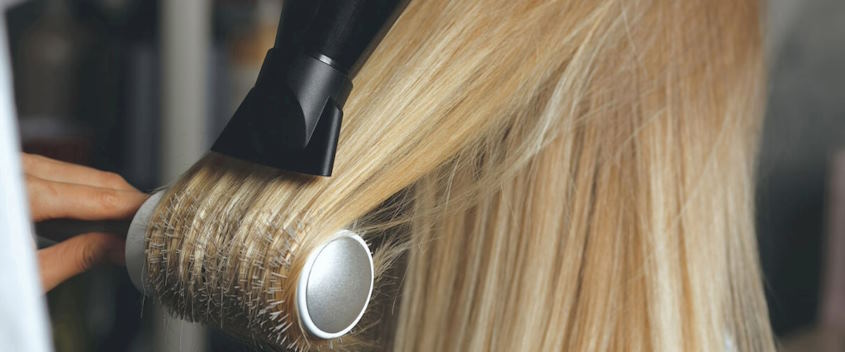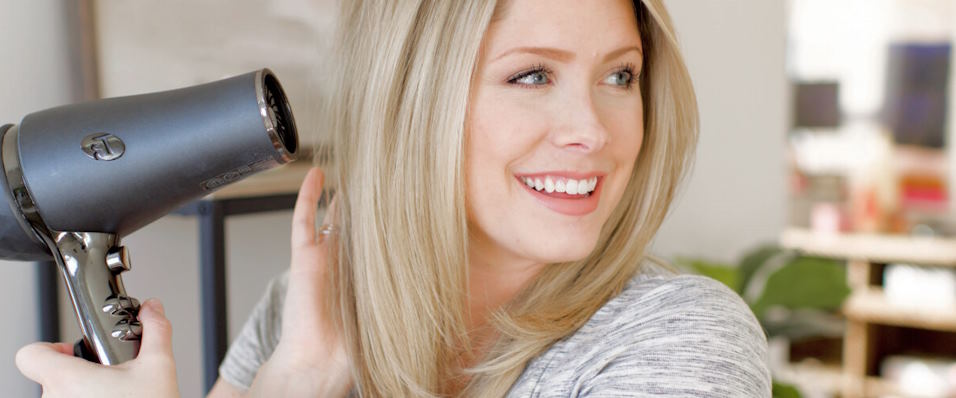Having thin hair can often feel like a daily struggle with lackluster volume and flatness. Whether due to genetics, aging, or other factors, achieving fuller-looking hair can seem like an elusive goal. However, with the right techniques and products, adding volume and dimension to even the thinnest strands is possible.
How is thin hair characterized?
Thin hair is characterized by several distinctive features distinguishing it from thicker hair types.
Firstly, thin hair typically has a smaller diameter of individual strands, contributing significantly to its lack of volume and body. This fine texture not only makes thin hair prone to appearing flat and lifeless but also makes styling a challenge without the right techniques and products to add volume and structure.
Additionally, thin hair tends to be more fragile and susceptible to breakage. The strands lack the structural integrity and thickness found in thicker hair, making them more prone to damage from styling tools, environmental factors, and harsh treatments. This fragility often necessitates gentler care routines and protective measures to maintain hair health.
Another characteristic of thin hair is its tendency to become greasy more quickly than thicker hair. It is due to the scalp’s natural oils traveling down the thinner strands more rapidly, resulting in a quicker oil buildup and the potential for a limp, greasy appearance. Managing oil production through appropriate washing techniques and products becomes crucial for maintaining a clean and voluminous look for thin hair types.

What are the causes of thin hair?
Thin hair can be attributed to a variety of factors, both genetic and environmental, that influence hair follicle health and hair growth patterns. Genetics play a significant role, as individuals with a family history of thin hair are likelier to inherit this trait. Genetic predispositions can affect the thickness and density of hair strands from birth, contributing to lifelong challenges with volume and fullness.
Another common cause of thin hair is aging. As we grow older, hair follicles can shrink in size, producing finer and thinner strands. This natural aging process reduces the hair’s overall density and volume, making it more susceptible to appearing flat and lacking body.
Nutritional deficiencies also play a crucial role in hair health and thickness. Inadequate intake of essential nutrients such as proteins, vitamins (especially B vitamins like biotin), and minerals (like iron and zinc) can lead to weakened hair follicles and slower hair growth. Poor nutrition can result from restrictive diets, eating disorders, or simply not consuming a balanced diet rich in essential nutrients.
Environmental factors such as exposure to pollutants, harsh chemicals in hair care products, and heat styling can also contribute to thinning hair. Pollutants and chemicals can damage hair follicles and weaken hair strands over time, while excessive heat from styling tools can cause dryness, breakage, and loss of volume.
Furthermore, hormonal changes, particularly hormone fluctuations such as during pregnancy, menopause, or thyroid disorders, can affect hair thickness and growth cycles. Hormonal imbalances can disrupt the normal hair growth process, leading to temporary or prolonged thinning of the hair.

How can you add volume to thin hair?
Adding volume to thin hair involves a combination of proper hair care techniques, styling methods, and sometimes using specific products or treatments designed to enhance volume. Here are some effective strategies:
Choosing the Right Haircut
Opting for layered cuts that add texture and movement to your hair is a smart choice, especially for those with thin or fine hair. Layers can create the illusion of thickness by removing excess weight from the ends and adding dimension throughout the hair. A skilled stylist can enhance natural volume and add depth by creating varying lengths throughout your hair, from shorter layers framing the face to longer layers at the back.
When considering layered cuts, it’s beneficial to consult with a stylist who understands your hair type and can recommend the best layering techniques to suit your face shape and personal style preferences. With the right layered haircut, you can achieve a flattering, voluminous look that enhances your overall hair texture and boosts your confidence.
Using Volumizing Products
Incorporate volumizing shampoos, conditioners, and styling products into your routine. These products are formulated to lift the hair at the roots and add body without weighing it down. Look for products with ingredients like polymers, proteins, and vitamins that promote volume and strengthen hair. Many volumizing products also contain lightweight moisturizers that hydrate the hair without adding excess weight, helping to maintain a healthy shine. A volumizing mousse or spray before blow-drying can provide additional lift and hold, ensuring your style stays voluminous throughout the day. Regularly using these products can make a noticeable difference in your hair’s overall fullness and texture, giving you a more vibrant and thick appearance.
Blow-Drying Techniques
Use a blow dryer with a nozzle attachment and aim the airflow at the roots while lifting them with your fingers or a round brush. It helps to lift the hair from the scalp and create root volume. Finish with a blast of cool air to set the style.

Avoiding Heavy Products
Steer clear of heavy serums, creams, and oils, as these can weigh down thin hair and make it appear flat. Opt for lightweight formulations or apply products sparingly, focusing on the mid-lengths to ends rather than the roots.
Backcombing or Teasing
Lightly backcombing or teasing the hair at the crown can add immediate volume. Use a fine-tooth comb or a teasing brush and gently tease small sections of hair near the roots. Smooth over the top layer to conceal any teasing.
Dry Shampoo
Spritzing dry shampoo at the roots can absorb excess oil and lift the hair, providing instant volume. It also adds texture, making styling easier and enhancing the appearance of thicker hair.
Scalp Massage
Regular scalp massages stimulate blood flow to the scalp. This promotes hair growth and can help improve the health of hair follicles, potentially leading to thicker-looking hair over time.
Consider Professional Treatments
Explore options like volumizing haircuts, where a stylist strategically cuts and layers your hair to maximize volume. Additionally, treatments such as hair extensions or volumizing treatments at a salon can offer temporary or semi-permanent volume solutions.
By incorporating these strategies into your hair care routine, you can effectively enhance volume and achieve a fuller, more voluminous look for thin hair. Experiment with different techniques to find what works best for your hair type and desired style.

